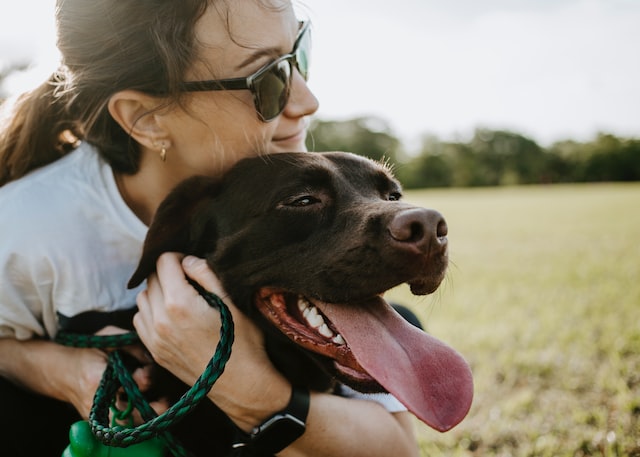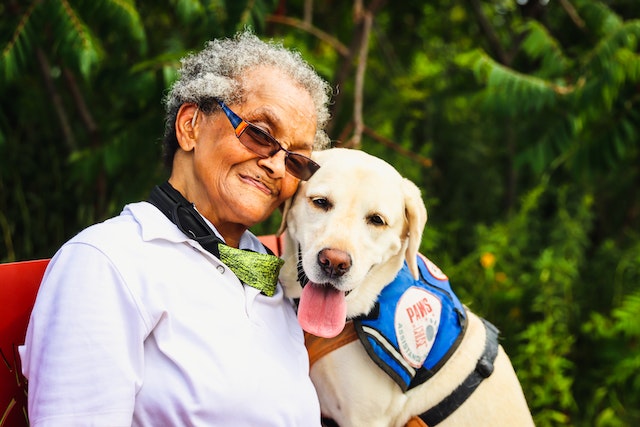Are you tired of eating in your house but afraid to leave your dog alone? Don’t worry because you can bring your buddy with you.
Dining out with your dog is actually a great way to spend time with your dog, especially if you’re always busy at work. Bringing your pet with you is a pleasant experience because they’re always cheerful throughout the meal. You may be afraid that your dog might cause trouble in the restaurant, but trained dogs are very calm and socialize well with other people. This is almost always the case for trained service animals, emotional support animals, or therapy dogs.
Here are tips to make your dining experience more enjoyable with your dog.
1. Call ahead.
Nowadays, many establishments allow dogs to enter inside the premises, but it’s best to make sure before you leave your house. Visit the restaurant’s website and know the restaurant’s pet policy. You may also call them ahead for clarifications and reservations.
2. Prepare before going to the restaurant.
To make sure that your dog is comfortable, you need to prepare some things like a portable water bowl, chew toys, and some treats. The treats and toys can help lessen your pet’s boredom, especially when your meal lasts for several hours.
The smell in the restaurant can be tempting for your dog but don’t feed your dog from your plate. It’s not healthy for them, it can reinforce begging at the table, and it may not be pleasant for other people. Instead, feed your dog beforehand so it’s not hungry.
Have your pet relieve itself before going out, as it would be rude to pee on the establishment’s floor. You can also put on a diaper to ensure it will not do any funny business during your stay outside.
3. Keep your dog leashed.
Always keep your dog by your side by putting it on a leash. This ensures your dog’s safety and the people around you. Secure the leash in your hand or wrist, and don’t tie the leash to any furniture like tables or chairs, as they can be damaged once the dog suddenly bolts away.
4. Keep your dog away from too many people.
Select a corner or a patio where there are fewer people to reduce the risk of your dog’s leash being entangled with any person’s legs. Also, pick a time when the restaurant is less busy. Your dog will be less anxious if the restaurant is not overcrowded.
5. Make sure your dog understands basic commands.
Your dog should understand basic commands including “sit”, “lie down”, and “wait”. This is to give respect and courtesy to other patrons. People who are not used to being around dogs may find naughty and noisy dogs distracting.
Conclusion
Have fun, but remember to consider your dog’s safety and happiness first. Also, please note that dogs are not as independent as you are. So, always check up on them and more importantly — never force them to do anything that they don’t enjoy.
Do you own an assistance animal? Register your pet today.
The Service Animal Registry of California invites you to have your assistance animal registered in order to designate its status. We also encourage you to take our online classes so you can be fully aware of your rights and gain more knowledge about your support animal.
Finally, we present to you our book entitled, “ASSISTANCE ANIMAL LAWS: LEARN YOUR RIGHTS REGARDING SERVICE ANIMALS, EMOTIONAL SUPPORT ANIMALS, THERAPY PETS, AND OTHER DOGS, CATS, AND ASSISTANCE ANIMALS” to provide you with a complete education on assistance animals. Purchase your copy of the book by clicking the image below. 



















